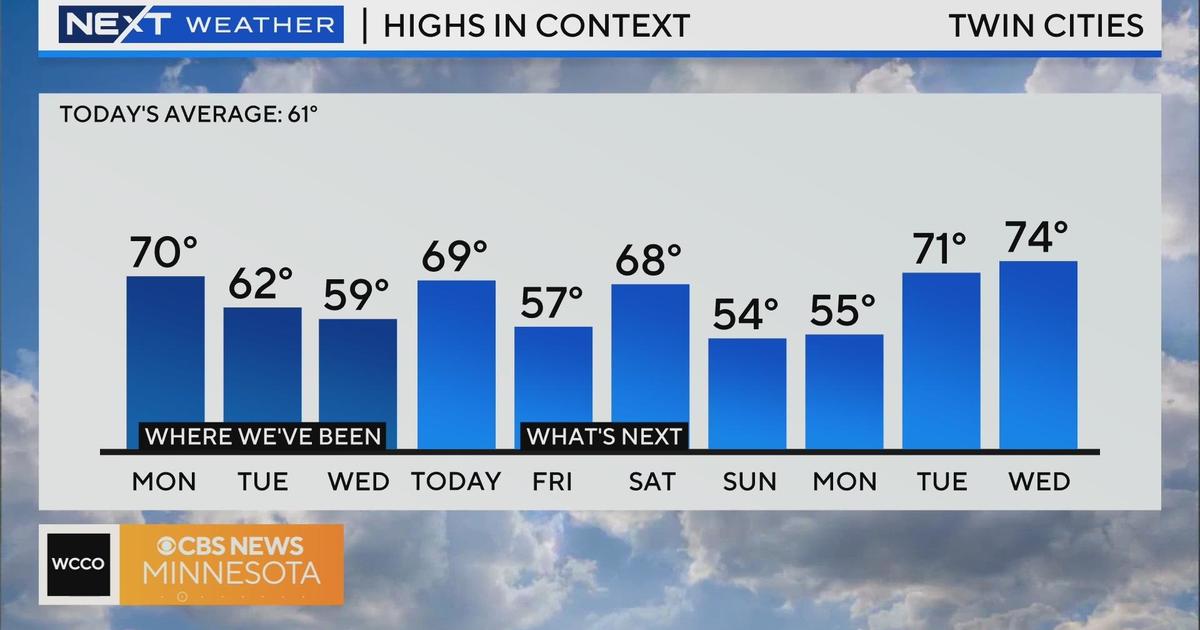Good Questions: The 1st Thanksgiving, The Sound Of Wind, & More
MINNEAPOLIS (WCCO) – Every Friday, Good Question takes a look at some of the questions WCCO's viewers have been asking. This week we're looking at Thanksgiving, wind, and curly vs. straight hair.
Thursday's wind was loud, so Phil from Bloomington asked: "Why does the wind make noise?"
Sound is a vibration of air, so when wind blows by something, it causes a vibration. Often, what we hear is wind blowing through leaves or trees. Sounds are also created when high winds cause objects to fall or rub against each other.
"Even wind can create music when it passes over a bottle or wires," Pete Boulay, a Minnesota state climatologist, said.
Nate from Coon Rapids wants to know: "What was the first year of Thanksgiving?"
The story we all know -- the Pilgrims' three-day celebration of a successful corn harvest -- was in 1621. But many historians think the tradition of Thanksgiving as we know it today probably started later.
"The first thanksgiving dinners that we have records of the late 18th century," Andrew Smith, author of "Turkey: The American Story," said.
Thanksgiving didn't become an official holiday until 1863.
Pam from Westbrook asks: "Why do some people have curly hair and some people have straight?"
The shape of a person's hair depends on the shape of the follicle of the hair, which is primarily determined by genetics. Scientists used to think hair shape could be attributed to just one gene, but now they believe it's more than ten. When different ethnicities are examined, the number of genes that influence hair shape goes even higher.
"As soon as you jump to a different genetic background, all the other genes will influence the traits, but also the same gene is different genetic backgrounds will act differently," Irina Makarevitch, a biology professor at Hamline University, said.
Makarevitch says it's hard to predict a child's hair shape because there are so many genes. A combination of curly and straight genes can produce children with curly, straight or even wavy hair.
"Either of those two versions is not completely dominant and they work together to give you an intermediate," she said. "I don't know how beautiful, but some sort of wave."



